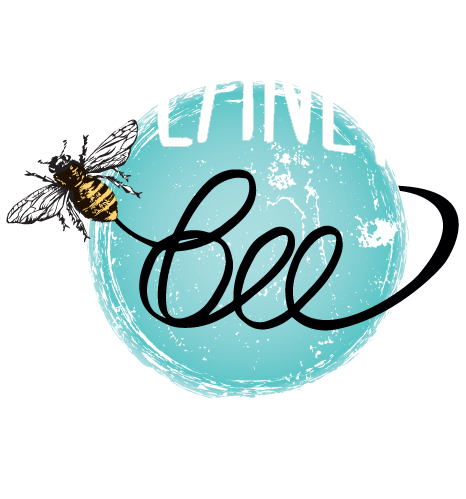Wasps and Bees: Differences, Ecosystem and Benefits
- Sophie Dutsch-Zdanowicz
- Sep 17, 2022
- 3 min read

Considering that both wasps and bees are brightly-colored flying insects equipped with stingers, it is easy to see how they can be mistaken for one other. However, several key markers that set them apart can be used by homeowners to “better understand the biodiversity on their property” and “know which insects pose danger to them” (Waterworth). Homeowners can then make informed decisions about whether the presence of stinging insects has more risks or benefits.


Physical Appearance
As demonstrated by the above-left image, wasps have longer, slender physiques with narrow waists and little to no hair. Whereas the European honeybee in the above right image exhibits the stocky, wide-waisted body covered in more fuzzy hair that is typical of bees.
Diet
In stark contrast to the largely vegetarian bees, wasps often prefer meat over pollen, and can be very aggressive hunters. This can actually be beneficial, as many wasps target prey that are pests to humans. For example, some parasitic wasps indirectly protect garden crops by laying eggs on caterpillars such as “tomato hornworms” that eat tomato crops. (Waterworth) Others “directly kill and eat insects like grasshoppers and cicadas,” such as the aptly-named cicada-killers (Waterworth). Both, however, have omnivorous diets. Contrary to popular belief, bees also consume other animals-namely, microbes that are “naturally occurring in the pollen and feed and multiply within it” when they are larvae (Kritz).
Nests
Social bees use wax to build nests in hollow spaces, colored in distinctive yellow hues that vary “depending on the resources available to them”(Waterworth). Social wasps, on the other hand, use “chewed up wood pulp to fashion nests from a gray-brown “paper” that they sculpt into various shapes” (Waterworth). For instance, paper wasp nests are small, “umbrella shaped” and “made up of cells exposed to the outside world”; hornet nests tend to be large, can be “cone- or egg-shaped” and “completely enclosed” (Waterworth). Some wasps also construct underground nests, such as the yellowjackets commonly seen in the U.S.
Defenses
Due to having barbed stingers, worker bees can only sting once, and doing so means their death. Seemingly aware of this fact, bees “tend to be…docile unless mishandled” severely (Waterworth). Equipped with smooth and therefore reusable stingers, their (social) wasp counterparts can (accordingly) defend their nests with more aggressivity. Called “mass envenomation,” the most serious of such “multiple-stinging events” leading to hospitalization or death are often triggered by “a homeowner trying to remove a wasp nest without the proper equipment or training.” (Waterworth).
Conclusion
Contrary to popular belief, bees have generally “laid-back personalities” and although notoriously aggressive when provoked, many wasps “are very shy” such that it’s possible to “have only ever seen them when you’ve noticed a nest” (Waterworth). Since wasps are more agitated, however, it is wise to give their hive a bit more space. Nevertheless, once their behavior and motivations are understood, it’s much easier to let these insects “help out around the house and garden” (Waterworth). This applies for both wasps and bees. In addition to targeting garden pests as mentioned earlier, wasps are also important pollinators like bees, sometimes even being the “sole pollinators of specific plants” too (Waterworth).
But if one prefers to remove or relocate the nest, have it done by professionals who will utilize professional equipment, and will relocate or remove the nest as ethically as possible.
(Edited by) Kritz, Ellen. (2019, September). Bees are omnivores, new research shows. Pest Management Professional. https://www.mypmp.net/2019/09/05/bees-are-omnivores-new-research-shows/
Waterworth, K. (2022, November). Hornets Vs. Wasps Vs. Bees: Major Differences, Identification, And More. Forbes. https://www.forbes.com/home-improvement/pest-control/hornet-vs-wasp-vs-bees/
Written by intern Sophie Dutsch-Zdanowicz
Environmental Science Major
University of California Santa Barbara



